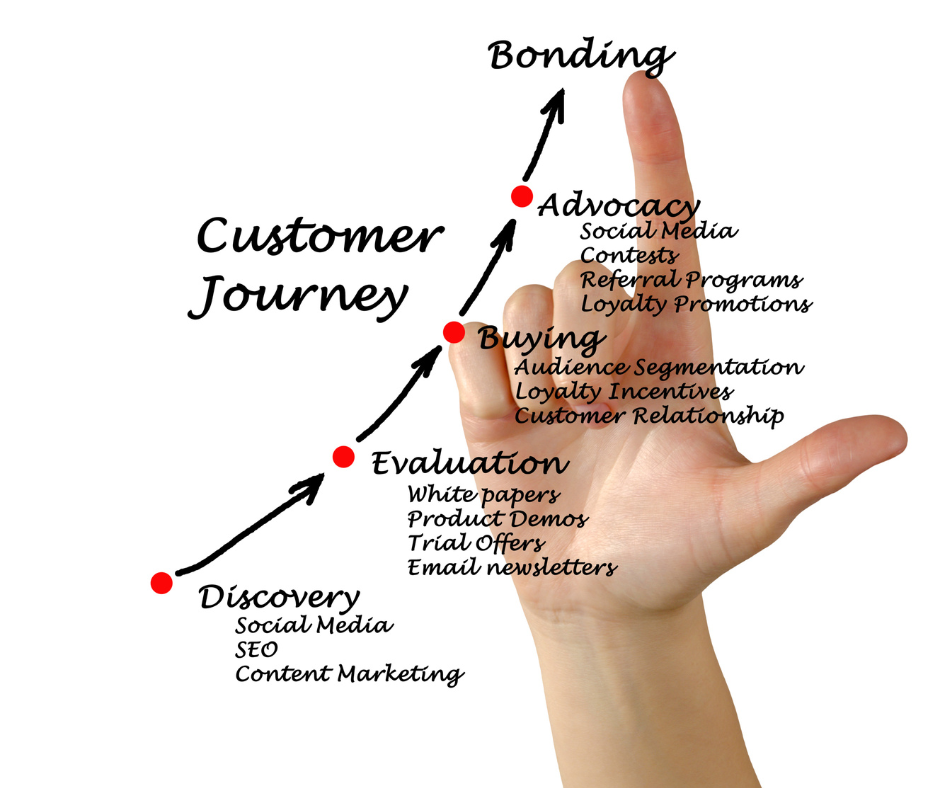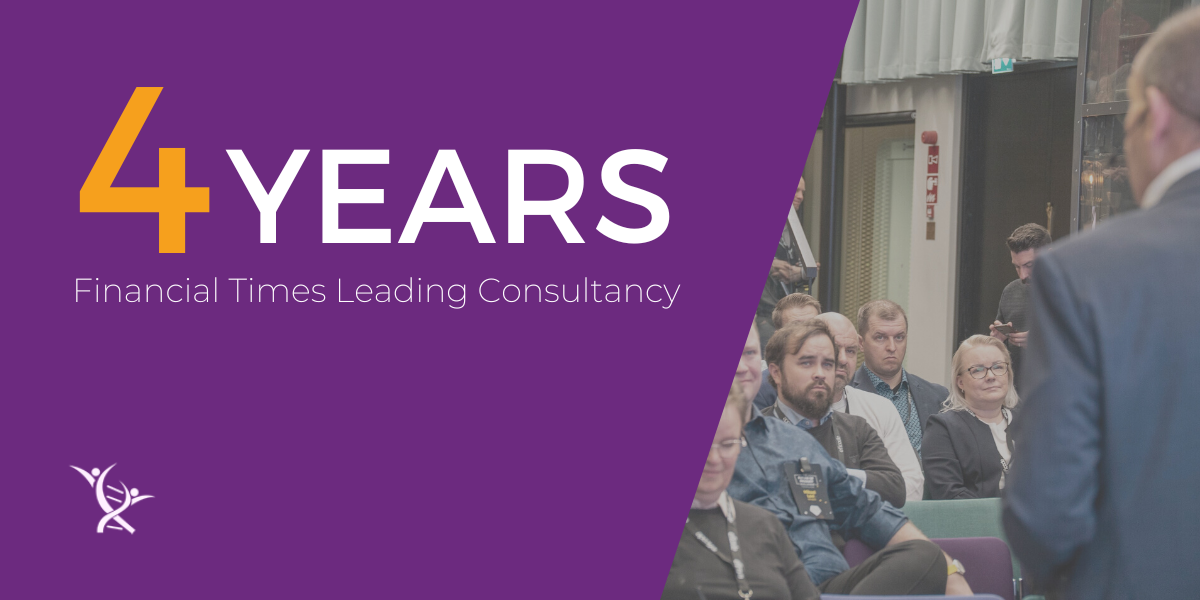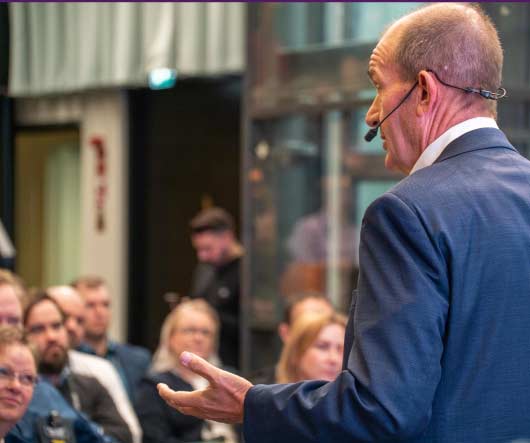Journey Mapping is an excellent tool in experience design efforts. However, I often complain that they do not include the emotional journey, which is essential to designing an experience that engages emotionally with customers in a way that promotes customer loyalty. So, today, we will look at how you can incorporate the concepts we often talk about in this newsletter into your Journey Mapping efforts.
To be clear, we don’t have all the answers using the behavioral sciences. However, if we explain why we think they apply, you could gain more insight into your customer behavior. Once you understand those motivations, it is easier to provide customers with what they need to make the decision you want.
The purpose of a journey map is to break down customer decisions into a series of stages. It also helps an organization understand the journey and experience the customer has. I also like them because they draw an organization’s attention to fundamental parts of the experience, like where it starts and stops.
Watch Colin talking about this on YouTube:
Subscribe to our YouTube channel here to see all the latest videos!
However, if I were to criticize Journey Mapping today, it would be that they tend to be too internally focused. Most Journey Maps I see are more like the customer process. Moreover, the map represents what they hope customers will do, an idealized version of the journey.

For example, parcel service is where I see this kind of mistake made with Journey Mapping. It might be something like:
- The customer has a parcel to send.
- The customer goes to the shop.
- The customer puts the information in the system.
- The customer hands the parcel to the employee at the counter.
- The customer pays and leaves.
This series is not a Journey Map. It’s a process. The experience can be different. For example:
- How was the parking? Was it easy?
- Did they debate whether they needed to send the package?
- How expensive is the item the customer is sending?
- Is it an emergency?
Also, there is nothing in that list regarding the emotional journey. Unfortunately, if I were to ask, more than likely, the organization would tell me in terms of the positive and negative for their emotional journey. They would be unlikely to get into the specific emotional moments of the experience.
A Simplified Journey Map
To demonstrate how we would apply behavioral science concepts to a customer Journey Map, we made up a simplified journey map for booking a hotel for a vacation. Remember, this is simplified; you could argue that the journey starts earlier or goes later. However, we chose this shorter version for discussion’s sake.
Booking a Hotel for Vacation
- Book your hotel online.
- Arrive and check in at the hotel.
- Get into your room.
- Use the hotel services.
- Check out.
Now, for any experience that you use Journey Mapping for, you should go through these eleven behavioral science concepts to evaluate customer behavior motivation and influence:
- Customer Segmentation: How would different people respond at each journey stage?
- Two-System Thinking: Are your customers making decisions intuitively, using their fast and automatic system in the brain, or rationally, using their slow and deliberate one?
- Emotions: What is the customer’s likely emotional state at each journey stage?
- Peak-End Rule: When does the strongest emotion occur, and how does this moment end?
- The Psychology of Memory: What parts of the experience do people remember, and what are we doing to ensure that they do, and in a positive way?
- Loss Aversion: Since losses loom larger than gains, how are we helping customers navigate these feelings and setting proper expectations?
- Habits: Is the customer behavior a response to their habits or a conscious decision?
- Framing: How does the way you present the information affect customers’ experience, and is there a way to optimize it?
- Social Proofing: Is there a way to leverage the behavior of others, past or present, to communicate information about the quality of this moment of the experience?
- Scarcity: Is the customer experiencing the feeling that there is a limit on their ability to have what you are offering, and will that improve or detract from this moment?
- Reference Points: What experience do your customers compare yours to and why?
So, imagine these eleven behavioral science concepts are a checklist for the above-referenced journey. Using each concept, you can understand how they influence customer behavior.
For example, first, you need to know who you are talking about that is booking the hotel. Do they travel all the time or once a year for vacation? Also, how many people are involved? Is it a couple or a family, or an entire family reunion? The answers to these questions belie different motivations for the booking. Some groups are more price sensitive. Others want luxury and are willing to pay more for it. These groups or segments need different organizational enticements to optimize the booking experience. Therefore, it is essential to get specific here.
Now, using that same part of the journey of booking a hotel and moving to the next concept on the checklist, imagine which part of the thinking customers use while booking. Is it intuitive, a fast, automatic decision, or a slow, deliberate, and logic-based one?

For example, some people might instantly choose a particular chain. Maybe researching all the options is too overwhelming for them, or perhaps they want to be assured that the hotel will meet their expectations.
That being said, for my part, I might make an automatic decision for a particular chain when I am traveling for business, but not for personal. So, again, that is the first concept influencing behavior, which leads to the way I think about the transaction on the second concept.
Jumping ahead in the checklist to Reference Points, customers might also have outside influences. For example, the booking might happen after looking at a picture in a brochure or website. The image might look so lovely that the customer says, “Yep. That’s the one. I like the look of that pool and that view. I’m going there.” In that case, the Intuitive System is influenced by the Reference Point of the picture, and the type of person is the vacationer that would pay more to get what they want.
By contrast, the Intuitive System might want to go where the Reference Point of the picture shows them, but the type of person booking is price sensitive and might decide not to book. In that case, Rational System stops them because that pool and view come at too high a cost.
Eventually, You Will Get to Where You Need to Respond
As you work your way through the list and understand what is driving customer behavior, you will be ready to create an experience that anticipates and delights your customer segments. For example, suppose you know your customers are thinking intuitively and willing to pay for luxury. In that case, you might flood their journey with amazing pictures of your hotel and its amenities. On the other hand, if you know your customers are thinking more rationally about the decision, you might change the online booking experience to allow for comparison (with your property coming out on top for value, of course).
Also, you will want to consider people’s emotional state when they come into that stage of the journey. What are they likely to feel, and how will that change throughout their journey? For example, at the booking stage, some segments of your customers will likely be excited about booking a hotel. But, also, some might be frustrated when they see the price in the cart. However, when you anticipate the emotional state of various segments of customers, you will also be able to optimize that stage of the journey for them.
The Peak-End Rule and the Psychology of Memory, the fifth on our checklist, is an essential consideration when designing experiences. You might recall that the Peak-End Rule explains how memories form, from the highest emotion to how the customer feels at the end. The Psychology of memory is that people do not choose between experiences they had, but instead from the memories of experiences they had. Therefore, it is critical to design the end of the stay to be positive for people. However, this is a place where hotels stumble sometimes.
For example, hotels have begun charging “extras” for cleaning or a resort fee that customers don’t always know about when they book. Moreover, these have not been fees hotels have always charged; they have been creeping in over the past several years. Therefore, when customers go to checkout, they end their experience with surprise charges that don’t make them happy.
This design has a significant flaw. If you end the experience with an unpleasant surprise, you damage how the memory forms and your future potential for customer loyalty with this customer. In other words, the first four stages of the journey are negated by the flawed final step, which destroys your chance at return business.
Therefore, when designing experiences with the fourth and fifth concepts on the checklist, you should determine what customers expect to remember about the stage. Then, look at the actions you can take to facilitate that memory.
Of Course, There are Always a Lot of Things Going on With Customers
We intended this checklist to be a starting point, not an ending point. So. if you don’t know where to apply behavioral science to your customer journey, here’s a place to start. But it is not an exhaustive list. There’s more than these eleven things, even.
However, starting down this road is an excellent jumping-off place to apply behavioral science concepts to your journey mapping. Getting these basic concepts into the mix will help you design an experience that optimizes these moments for the different groups of customers and increases the chances that they will go on this journey with you again.
We can help improve your Customer Experience and Marketing and gain growth. Beyond Philosophy has been recognized by the Financial Times as the leading management consultancy for four years. Why not talk with Colin and his team about how we can help you gain growth? Click here.





